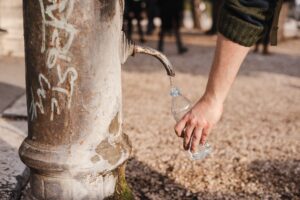
Access to water is essential
Water is essential to life, without it there would be no life on earth. The simple fact is that all living things need water to exist.
INDIAN OCEAN TRAVEL by TOURISMER


Water is essential to life, without it there would be no life on earth. The simple fact is that all living things need water to exist.
Water abstraction is the act of drawing water from nature. Source of all life, water is essential to our health, well-being and dignity, but also to the functioning of our ecosystems and our societies. Access to water is therefore also synonymous with development. Yet, around the world, water is being overused, wasted and polluted at an unprecedented rate.
After being drawn, the water undergoes treatment. This drinking water treatment can vary depending on the origin of the water (groundwater or surface water). Thanks to infiltration into the ground, the natural water captured in groundwater is generally of good quality: the rocks and layers of soil in the ground act as a filter.
Surface water, on the other hand, often requires much more extensive treatment, as it is more exposed to pollution: rainwater runoff can be polluted by waste, etc...
Once the water has been treated, it is analyzed and stored in a tank.
The next stage is distribution: from the reservoirs (often placed high up to take advantage of gravity), water is conveyed to homes via a series of pipes and distribution networks.
There can be no acceptable water quality without adequate sanitation.
Used in official literature, this formula is unambiguous. But one reality is clear: actions in the area of sanitation are still lagging behind drinking water, due to lack of funding, lack of clarity on the methods of implementation, and above all, lack of political will.